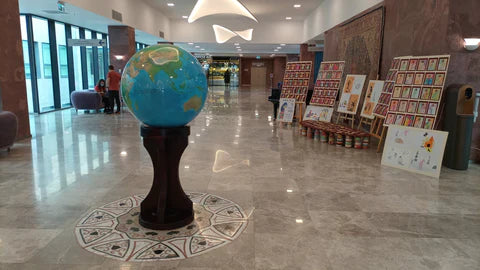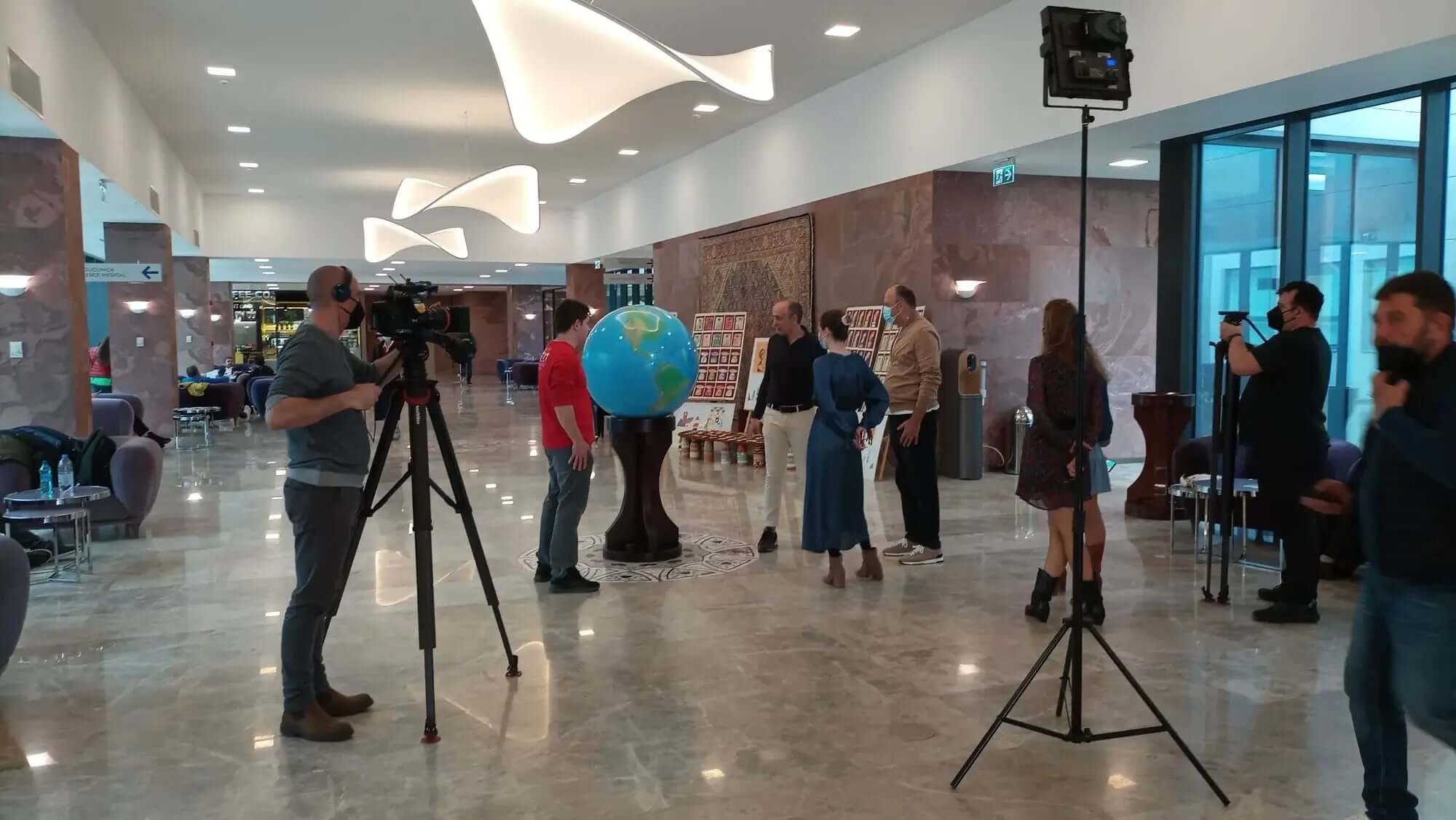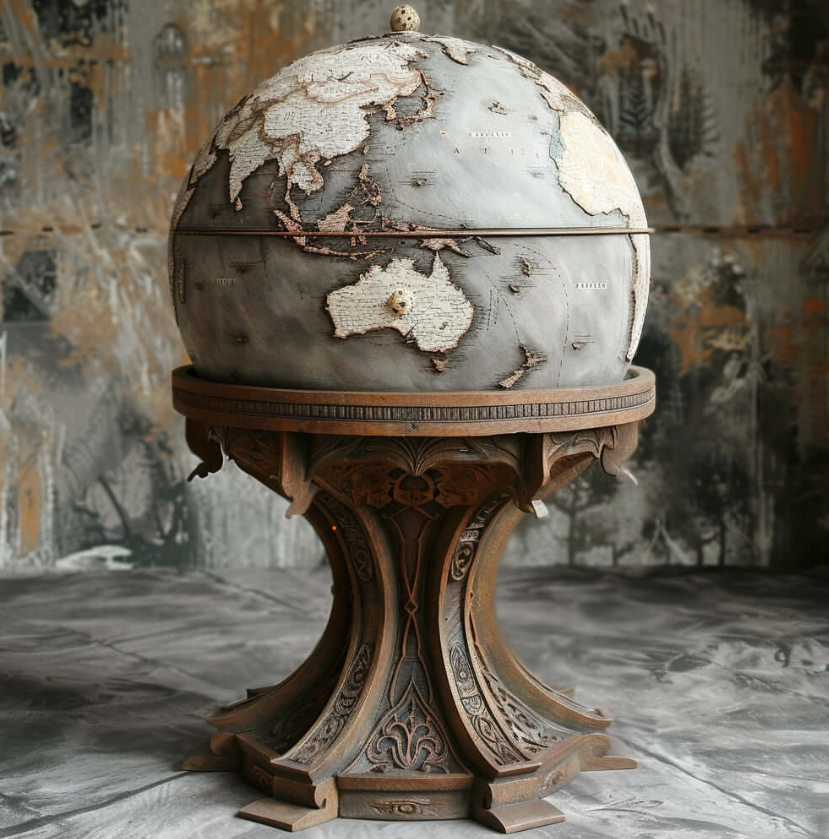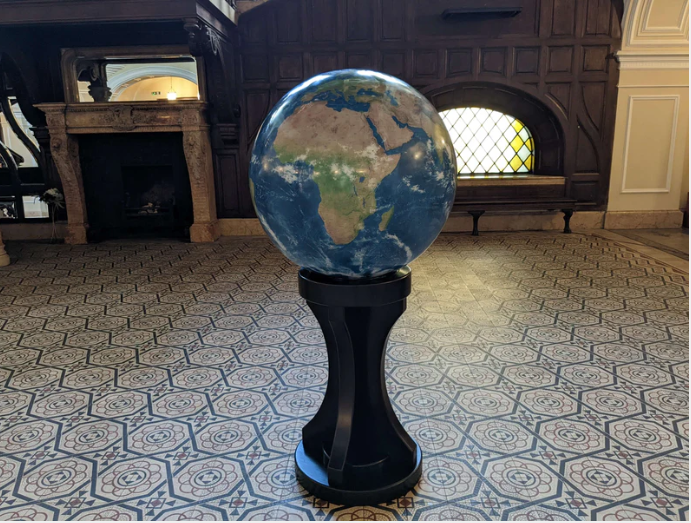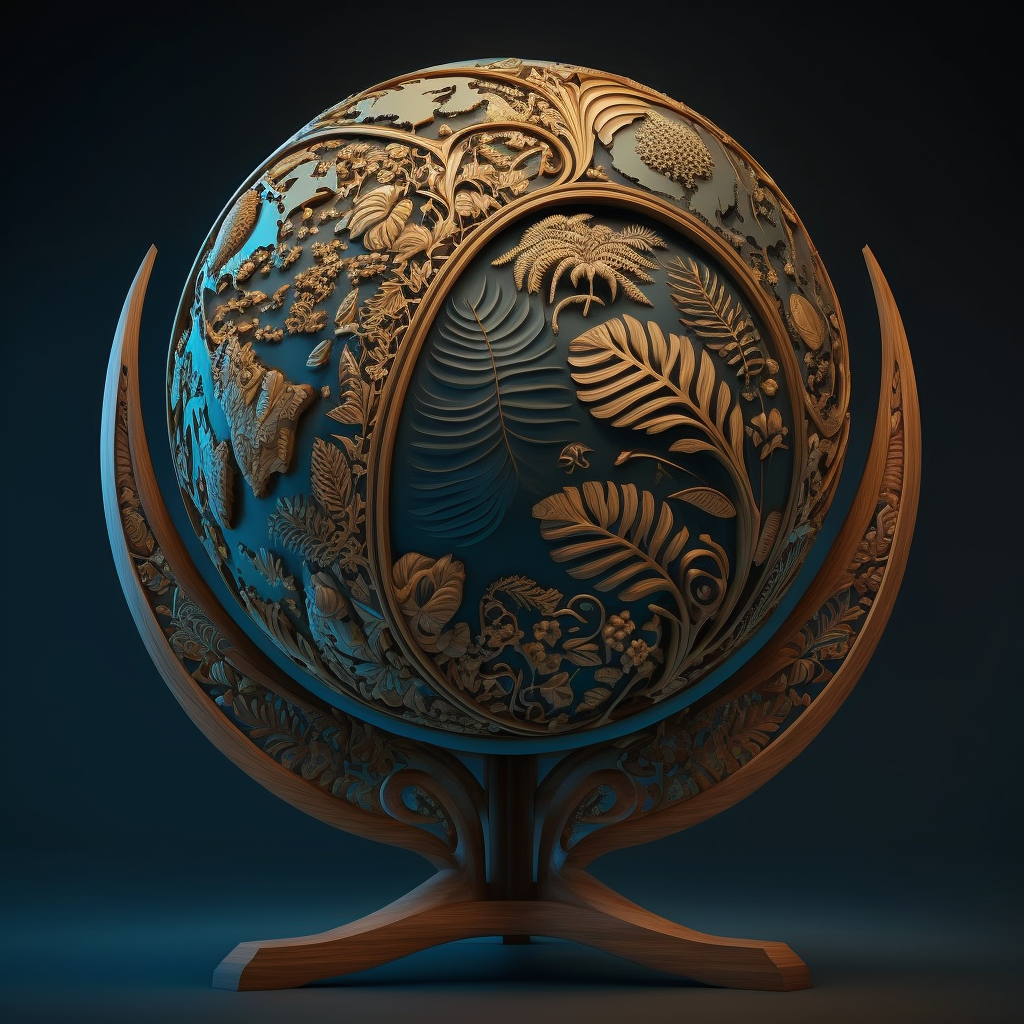
Weltgloben - Eine faszinierende Geschichte
Von ihren Ursprüngen in der Antike bis hin zu den hochtechnologischen digitalen Modellen von heute waren Globen schon immer ein Fenster zu unserem Verständnis der Welt um uns herum . Tauchen Sie mit mir ein in die reiche Geschichte, die unglaubliche Wissenschaft und die anhaltende Faszination dieser sphärischen Darstellungen unseres Planeten.

Die frühe Geschichte der Globen
Die ersten Aufzeichnungen eines Globus stammen aus dem antiken Griechenland, wo der Philosoph und Mathematiker Krates von Mallus um 150 v. Chr. einen Himmelsglobus schuf. Dieser frühe Globus stellte wahrscheinlich die Sterne und Sternbilder dar und wurde als Hilfsmittel zur Kartierung des Himmels verwendet.
Doch erst im Zeitalter der Entdeckungen im 16. Jahrhundert erlebten Globen einen echten Aufschwung. Da sich Seefahrer immer weiter von zu Hause entfernten, wuchs der Bedarf an genauen Weltkarten. Und so entstanden die ersten Erdgloben, auf denen die Kontinente und Ozeane abgebildet waren, wie man sie damals nannte.
Die Wissenschaft der Globen
Globen sind unter anderem deshalb so faszinierend, weil sie in ihrer Herstellung eine enorme Menge wissenschaftlicher Erkenntnisse erfordern. Um die Erdoberfläche genau darzustellen, müssen Globen die Form des Planeten (ein abgeplattetes Sphäroid), seine Größe und seine Ausrichtung zur Sonne berücksichtigen. Außerdem müssen sie die Topografie der Erde, einschließlich ihrer Berge, Täler und Ozeane, genau darstellen.
Zu diesem Zweck verwenden Kartografen ein komplexes Verfahren, das als geodätische Vermessung bezeichnet wird. Dabei wird die Erdoberfläche mithilfe von Satellitentechnologie und mathematischen Berechnungen gemessen. Diese Informationen werden dann verwendet, um ein digitales Höhenmodell zu erstellen, mit dem eine hochdetaillierte und genaue Darstellung der Erdoberfläche erstellt wird.
Die Kunst der Globen
Globen sind jedoch mehr als nur wissenschaftliche Instrumente; sie sind auch Kunstwerke. Von den aufwendigen handgemalten Illustrationen früher Erdgloben bis hin zu den hochdetaillierten Satellitenbildern moderner digitaler Globen ist jeder einzelne eine einzigartige Darstellung unserer Welt.
Und so wie sich die Wissenschaft der Globen im Laufe der Zeit weiterentwickelt hat, hat sich auch ihr Aussehen weiterentwickelt. Die heutigen digitalen Globen können interaktiv sein, sodass Benutzer hinein- und herauszoomen, sie drehen und die Welt in 3D erkunden können. Sie können auch mit einer Vielzahl von Daten angepasst werden, von politischen Grenzen und Bevölkerungsdaten bis hin zu Meeresströmungen und Wettermustern.
Die anhaltende Anziehungskraft der Globen
Warum faszinieren uns Globen noch immer, selbst in einer Zeit, in der wir jederzeit auf hochdetaillierte Karten und Satellitenbilder zugreifen können? Ich glaube, es liegt daran, dass sie eine greifbare Verbindung zur Welt um uns herum bieten. Wenn wir einen Globus in der Hand halten, können wir die Welt physisch als Ganzes sehen und die Beziehungen zwischen verschiedenen Ländern und Kontinenten begreifen.
Und für Reiselustige sind Globen eine Erinnerung an all die unglaublichen Orte, die es noch zu entdecken gilt. Sie inspirieren uns, von fernen Ländern zu träumen und uns vorzustellen, wie es wäre, sie zu besuchen.
Zusammenfassend lässt sich sagen, dass Globen mehr sind als bloße Darstellungen der Welt. Sie sind ein Beweis für unsere nie endende Suche nach Wissen und ein Symbol unserer anhaltenden Faszination für die Welt um uns herum.
